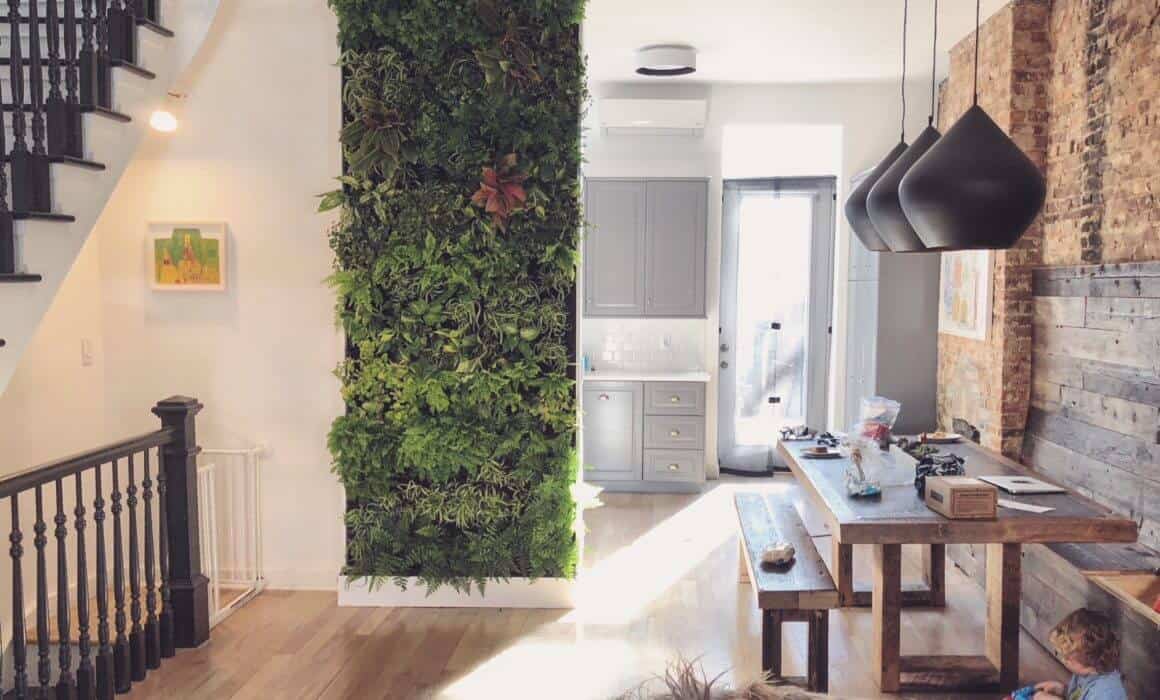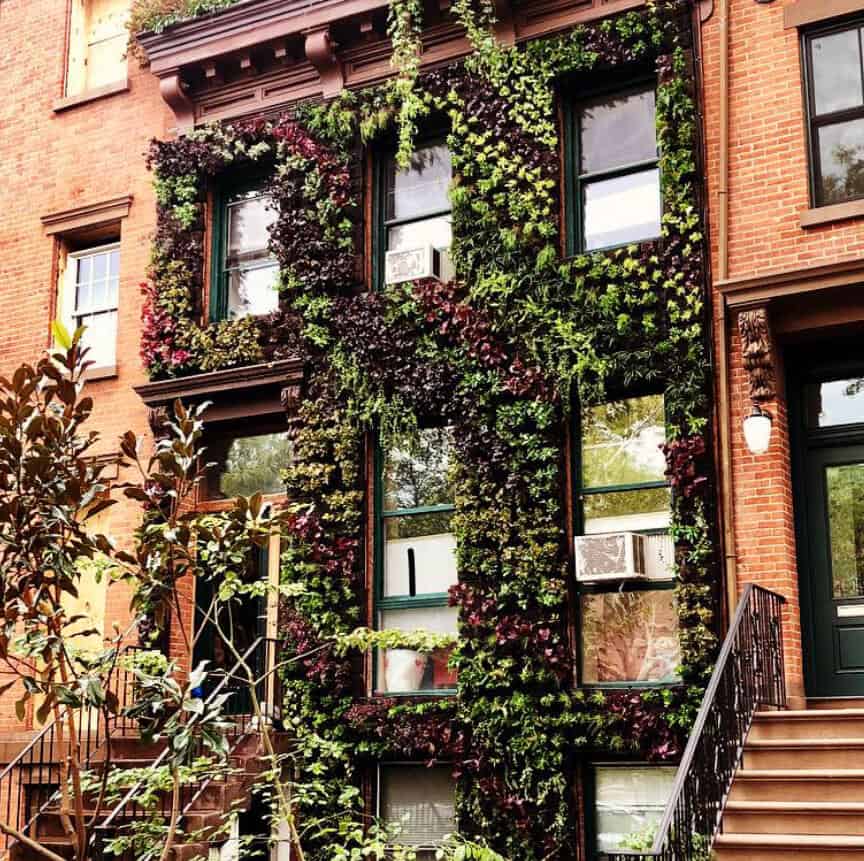As New York living wall installers we have seen the therapeutic effects our walls have on city residents. So it comes as no surprise to us that a new study has found that city dwellers who live near green spaces have better health, live longer and are generally happier.
The findings come from a study by, Alterra, Green World Research, Department of Landscape and Spatial Planning.
What is interesting is that these benefits were across income lines. Few would be surprised to learn that those who live in upmarket, leafy suburbs tend to have healthier lives. But the study found that health was better in poorer neighborhoods that had green spaces too.
Those who live in areas surrounded by greenery are more sociable, generous, calm and confident, no matter how poor the region is and this translates to real health benefits. Dr. S. (Sjerp) de Vries and his colleagues found that the gap between the deaths of people with a high income and the deaths among people with a low income in green areas was half that compared with figures relating to built-up areas lacking in greenery.
They discovered that people with access to a garden or near a park were less likely to develop cancer or respiratory diseases and that they were more likely to exercise regularly. People living in the greenest areas were 34% less likely to die from respiratory diseases and 13% less likely to die from cancer.
 The study examined data collected from 108,630 women, 8,604 of whom died during the eight-year research period. The researchers found that the mortality rate for women with the greenest space within 250 meters of their home was 12% lower than for women with the least green space.
The study examined data collected from 108,630 women, 8,604 of whom died during the eight-year research period. The researchers found that the mortality rate for women with the greenest space within 250 meters of their home was 12% lower than for women with the least green space.
Green spaces, classified by researchers as ‘open and undeveloped land with natural vegetation’, encouraged people to walk and be more active. According to the researchers, an exercise in these environments have greater psychological benefits than those practiced elsewhere.
Greener environments, according to the study, also improve recovery after surgery, support and enable higher levels of physical activity, improve the functioning of the immune system and help diabetics achieve healthier blood glucose levels. In contrast, less access to nature is associated with aggravated symptoms of attention deficit hyperactivity disorder, higher rates of anxiety disorders and higher rates of clinical depression.
Environments with less green space are associated with higher percentages of overweight in children, higher percentages of physically diagnosed diseases, including cardiovascular disease, and higher mortality rates in children and older adults.
“We always see these benefits when we measure objectively, when our studies include non-nature lovers, when income and other factors that can explain a natural health link are taken into account, and the strength, consistency and convergence of results are remarkable.” But in the same way as rats and other experimental animals housed in unsuitable environments suffer from systematic failures of healthy and positive social functioning, so do humans.
In greener environments we notice that people are more generous and social, we see stronger social ties in the neighborhood and a greater sense of community, more mutual trust and a willingness to help others. In less green areas we discovered higher percentages of aggression, violence, violent crime and property crime, even with differences in income and so other differences.
The researchers wrote: “The published work suggests that green spaces can influence health by inducing a beneficial physical activity and a better response to stress. Physical activity and stress response are components of the cause of cardiovascular disease and the reduction of these factors might have contributed to the low inequalities that we have noted in the greener areas “. They admit that there are potential weaknesses in the study. For example, they do not know the quality of the environment or that everyone in an area has equal access to the green space.
But the team said that changing the physical environment is a simpler way to combat poor health in poor areas than through media campaigns or health information. “The implications of the study are clear: environments that contribute to good health can be essential to address health inequalities.”
This does not mean that people have to move to the country if they want to live in old age: “84% of our sample lived in urban areas,” the researchers wrote.
So, even a small park, a living wall or a garden can go a long way. As living wall installers and builders of city green ecosystems we could have told you this, but a formal study has real credibility. It is welcome news to us as we continue to educate people on the health benefits of living walls.

